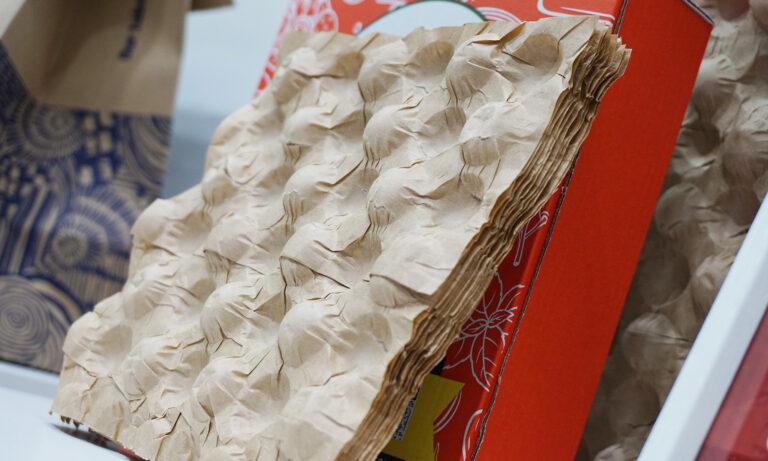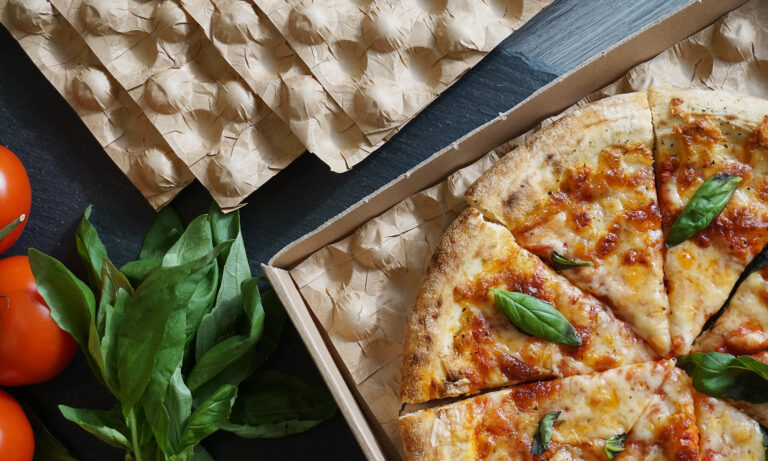Supermarkets providing home delivery is certainly nothing new. In fact, home delivery services in the UK stretch all the way back to the mid-nineties! What is more contemporary, however, is the trend of supermarkets and retailers partnering with major distribution and delivery providers to offer ultra-fast home-delivery capabilities. Recently, we’ve seen Co-op announce its partnership with retail giant Amazon, offering customers in several cities the ability to order their shopping on the Amazon website and receive same-day delivery though their Amazon Prime membership. Deliveroo has also recently announced its new ‘Deliveroo Hop’ service in partnership with Morrisons, offering customers groceries in as little as ten minutes. Asda has also announced an expansion of its one-hour Express Delivery service to 96 stores. While still an emerging trend, it’s one that continues to gather pace and could carry a series of implications for the food packaging industry as well as wider considerations for grocery retail spaces in general.
New challenges and opportunities
Grocery packaging is, of course, primarily designed for physical, consumer interaction within supermarket and retail environments. Packaging needs to visually compete in crowded and highly competitive retail spaces as well as offering a tactile design that connects with its target market. But how should packaging design adapt to the prospect of more consumers adding products to online shopping carts over supermarket trolleys? Firstly, instead of focusing primarily on the visual presentation of products on shelf-spaces, grocery brands may need to prioritise logistical efficiency such as enhanced product nesting and ‘stackability’ to aid retailers’ enhanced delivery models. Perhaps more importantly, there could also be an opportunity to boost the environmental sustainability of grocery packaging with minimal disruption to brand identity. As products become increasingly chosen online there will be a reduced need for certain visual packaging enhancements such as spot UV coatings and plastic display ‘windows’ that can hamper the ease with which packaging can be recycled. In addition, a greater emphasis on rapid home delivery could further aid the industry-wide effort against plastic carrier bags. While huge progress has been made in both charging for individual plastic bags as well as emphasising the importance of re-using carrier bags, home delivery could help remove the need for plastic bags altogether.
The future for refill zones?
There could also be significant implications for what this trend means for the recent popularity of product refill and packaging-free zones in grocery retail spaces. This model is, of course, fully dependent on the physical footfall of customers – but as more customers potentially move towards the convenience of rapid home delivery, these product refill zones could struggle to continue building momentum. Alternatively, further innovation could be required from the industry to future-proof the packaging-free concept. Perhaps continuously re-usable and returnable packaging could be incorporated into home delivery systems to help to maintain progress in this respect.
Wider distribution issues
Looking at the wider distribution issues, a move towards more immediate delivery models could bring the size and scope of the physical retail space into question. Supermarkets could find a reduced justification for providing customers with such vast retail spaces, instead perhaps favouring smaller stores that are adapted to meet the more particular and localised needs of demographics from within their overall customer base.
As always, packaging needs to remain innovative, adaptable and agile to changing retail environments and consumer preferences. In current market conditions, packaging could be trying to fulfil the hardest brief of all in catering to all formats and consumer expectations – offering packaging that is visually appealing and distinctive on supermarket shelves, whilst being robust for home delivery and accommodating strict sustainability criteria.
 |
Author: Chris Fiander
|


